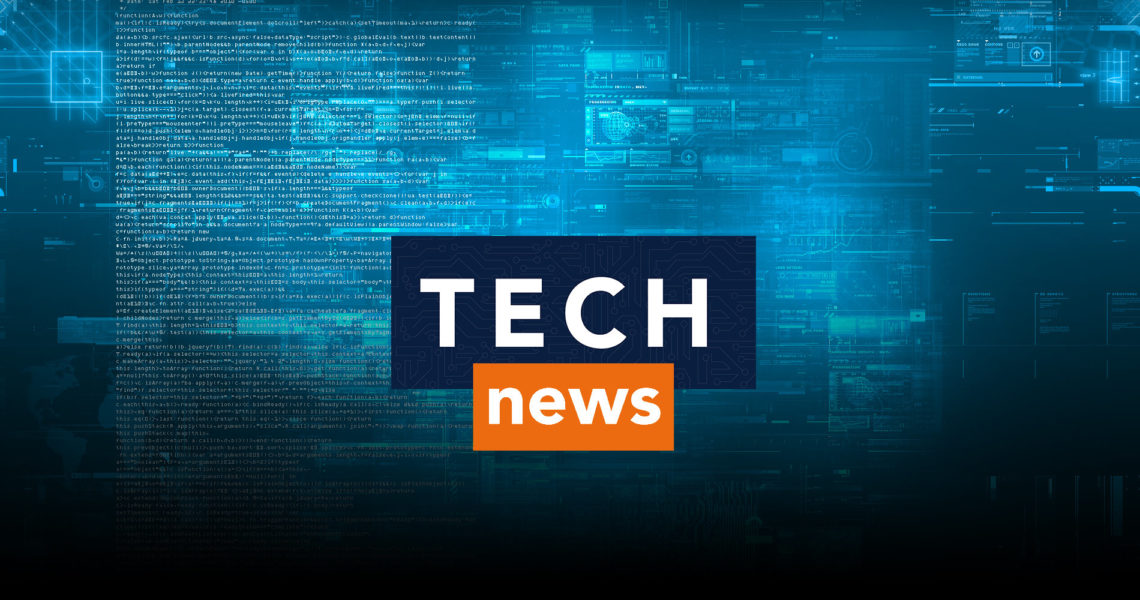
LinkedIn hack: You need to check your LinkedIn account
2023-08-16If you want to understand the ongoing LinkedIn hack easily, picture this: profiles locked, passwords changed, and the unsettling realization that unseen hands have infiltrated your professional realm. The battleground is set, and users are grappling to regain control.
ADVERTISEMENT
Do these appear as though they’ve emerged from a cinematic masterpiece? Regrettably, this isn’t a scene from a film; it’s just a new day in 2023.
LinkedIn hack: How hackers are exploiting LinkedIn accounts
In a concerning development, a surge of account breaches has engulfed LinkedIn, the professional networking platform. Users are grappling with unauthorized access and the subsequent hijacking of their profiles by cybercriminals. As the scale of these attacks grows, many find themselves locked out of their accounts or coerced into paying ransom for control restoration. Despite mounting complaints and frustrations, LinkedIn’s support seems to be struggling to provide adequate assistance for now.
Cybersecurity firm Cyberint has shed light on the alarming tactics employed by these attackers. Leaked credentials and brute-force techniques have become the weapons of choice, allowing hackers to compromise a substantial number of LinkedIn accounts. Those with weak security measures, such as easily guessed passwords or lack of two-factor authentication, are particularly susceptible.
Yesterday night my LinkedIn @LinkedIn @LinkedInHelp account https://t.co/V8R62WvDr5 is hacked.
I received 2 emails from your end at end at night 1.56am and 3.42 am and I was sleeping.
Someone has changed email ID.
Can you help me recover this.
— Revolutionary Raja Ram for Tax & Economic Reforms (@abhishekrajaram) August 16, 2023
LinkedIn is implementing temporary locks for accounts demonstrating strong security as a preventive measure against multiple takeover attempts. Locked-out users must navigate an intricate process to verify ownership and reset their passwords before account access is restored. However, the situation worsens for victims whose accounts fall prey to hackers.
Upon successfully infiltrating an account, attackers quickly alter the linked email address to one from the “rambler.ru” domain, subsequently changing the account password. This leaves the original account owners locked out and vulnerable to further exploitation. In several cases, hackers have gone a step further, imposing two-factor authentication to impede victims’ attempts at account recovery.
As complaints mount and frustration grows, users have taken to social media platforms, including Reddit, Twitter, and Microsoft forums, to voice their dismay at LinkedIn’s lackluster support response. The absence of timely assistance has left victims feeling powerless in their efforts to regain control of their accounts.
What LinkedIn users should do now
As the threat of account breaches looms large, LinkedIn users must take immediate action to safeguard their profiles and personal information.
Here’s what you should do:
- Review and strengthen security measures: Review your account settings to ensure you have a strong password. Consider using a combination of uppercase and lowercase letters, numbers, and special characters. If you haven’t already, activate two-factor authentication (2FA) for an extra layer of security.
- Change passwords: If you suspect your account might have been compromised or you haven’t updated your password recently, change it immediately. Avoid using the same password for multiple accounts.
- Monitor account activity: Regularly review your account activity for any suspicious or unauthorized actions. Report any anomalies to LinkedIn’s support.
- Stay vigilant against phishing: Be cautious of unsolicited messages or emails requesting personal information or login credentials. Hackers often employ phishing tactics to trick users into divulging sensitive data.
- Verify email addresses: Ensure that the email address associated with your LinkedIn account is correct and up-to-date. This can prevent attackers from using “rambler.ru” or other unfamiliar domains to take control of your account.
- Regularly update information: Keep your account information accurate and current. This can aid in account recovery and verification processes.
- Report suspicious activity: If you encounter any suspicious behavior on your account or believe you have fallen victim to an attack, report it immediately to LinkedIn’s support team.
For users caught in the crossfire, regaining access to their accounts has become a complex journey. Owners of locked accounts must navigate identity verification and password updates.
In light of these concerning developments, LinkedIn users must prioritize their account security. By implementing these proactive measures, individuals can reduce their vulnerability to potential breaches and maintain a safer online presence.
Advertisement